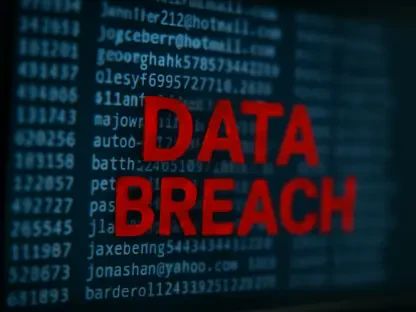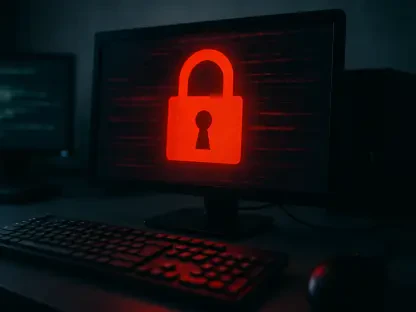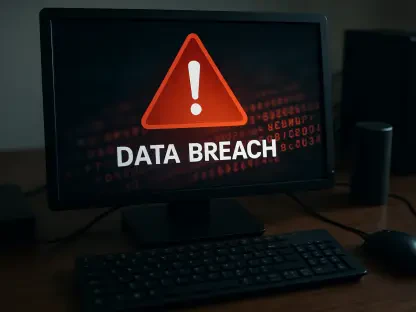What if the tools designed to protect your organization became instruments of its own vulnerability? In today’s digital landscape, living-off-the-land (LOTL) cyberattacks increasingly exploit legitimate software tools already present in IT environments. These attacks, which leverage trusted utilities like PowerShell and wscript.exe, conceal malicious intent under the guise of ordinary operations, making detection exceptionally challenging. Recent cybersecurity statistics have revealed a significant presence of LOTL techniques in high-severity cyber incidents, underscoring a growing threat that businesses must confront.
Rising Importance of LOTL Awareness
The rise in cyberattack severity and sophistication has significant implications for businesses of all sizes. The threat landscape is rapidly evolving, requiring organizations to prioritize awareness and understanding of LOTL strategies. Current cybersecurity trends indicate that many attacks are not only becoming more frequent but are also increasingly leveraging sophisticated methods that mesh well with routine activities, making them harder to detect. This alarming development necessitates greater vigilance among IT professionals and decision-makers, emphasizing the critical need for preparedness in the face of such stealthy threats.
Anatomy of LOTL Cyberattacks
LOTL cyberattacks are notorious for their subtlety and effectiveness. Attackers primarily misuse IT management tools like PowerShell, which inherently carry a veil of legitimacy. By exploiting these tools, cybercriminals blend malicious activities seamlessly with legitimate operations, effectively obscuring their presence within a network. Case studies illustrate scenarios where these techniques have been successfully employed, often leading to extensive data breaches and system compromises. The preference for these methods stems from their efficiency in bypassing security measures that typically focus on deterring external threats.
Expert Insights on an Evolving Threat Landscape
Research conducted by cybersecurity firms like Bitdefender provides invaluable insights into the LOTL threat landscape. Experts highlight that a staggering 84-85% of high-severity attacks involve LOTL tactics, emphasizing this threat’s prevalence. Security professionals often share anecdotes of encountering LOTL threats firsthand, describing the challenges in identifying and mitigating these subtle attacks. The broader implications for the cybersecurity industry are profound, as this emerging trend compels a reevaluation of traditional security measures and a shift toward more dynamic and adaptive strategies.
Implementing Practical Strategies for Defense
To safeguard against LOTL attacks, businesses must implement practical and proactive strategies. A critical first step is managing tool accessibility by strictly regulating who can use potentially misused tools and under what circumstances. Frameworks like Bitdefender’s GravityZone PHASR offer dynamic access control, allowing organizations to adjust permissions based on user behavior and current needs. Regular assessment and adaptation of cybersecurity strategies are essential, as attackers continue to evolve their methods. Employing a blend of technology and vigilance helps maintain operational efficiency without compromising security.
Embracing Future Security Challenges
As LOTL attacks have evolved, the cybersecurity landscape has taken on new dimensions, compelling organizations to rethink their defenses. The data make clear that a majority of cyberattacks employed LOTL techniques, prompting a critical reassessment of traditional protection methods. Organizations must now consider innovative strategies to manage and mitigate these risks. Looking beyond conventional approaches, future considerations involve embracing adaptive technologies and methodologies that effectively balance security with accessibility. The key takeaway is the need for continual evolution in security strategies to remain a step ahead of increasingly sophisticated threats.









